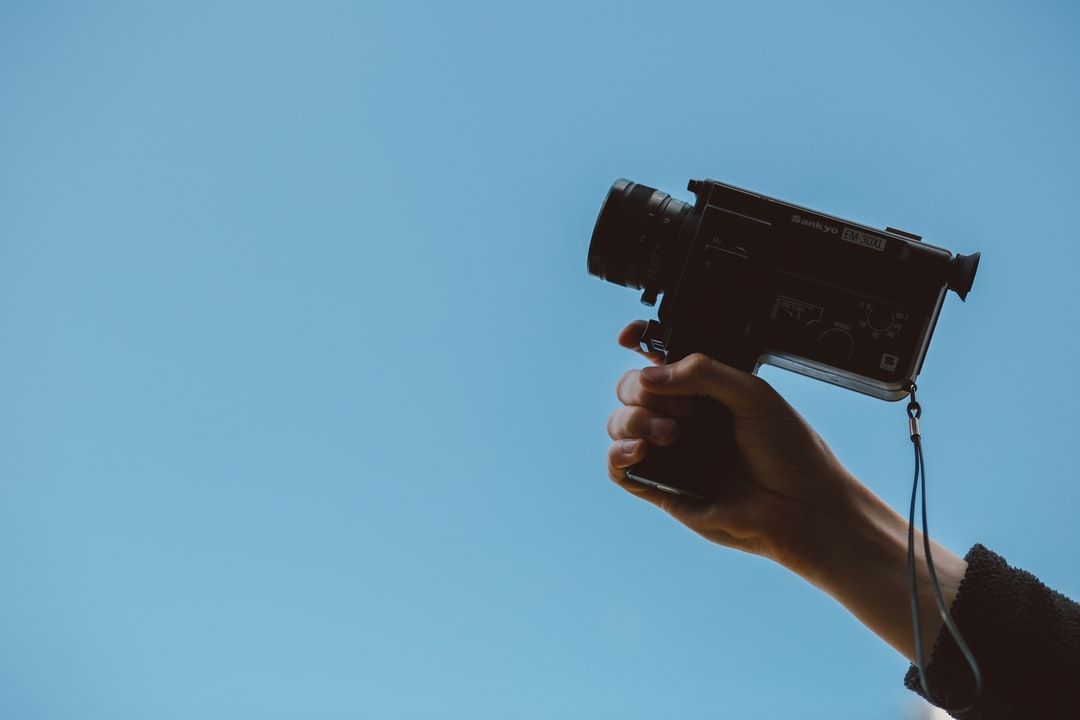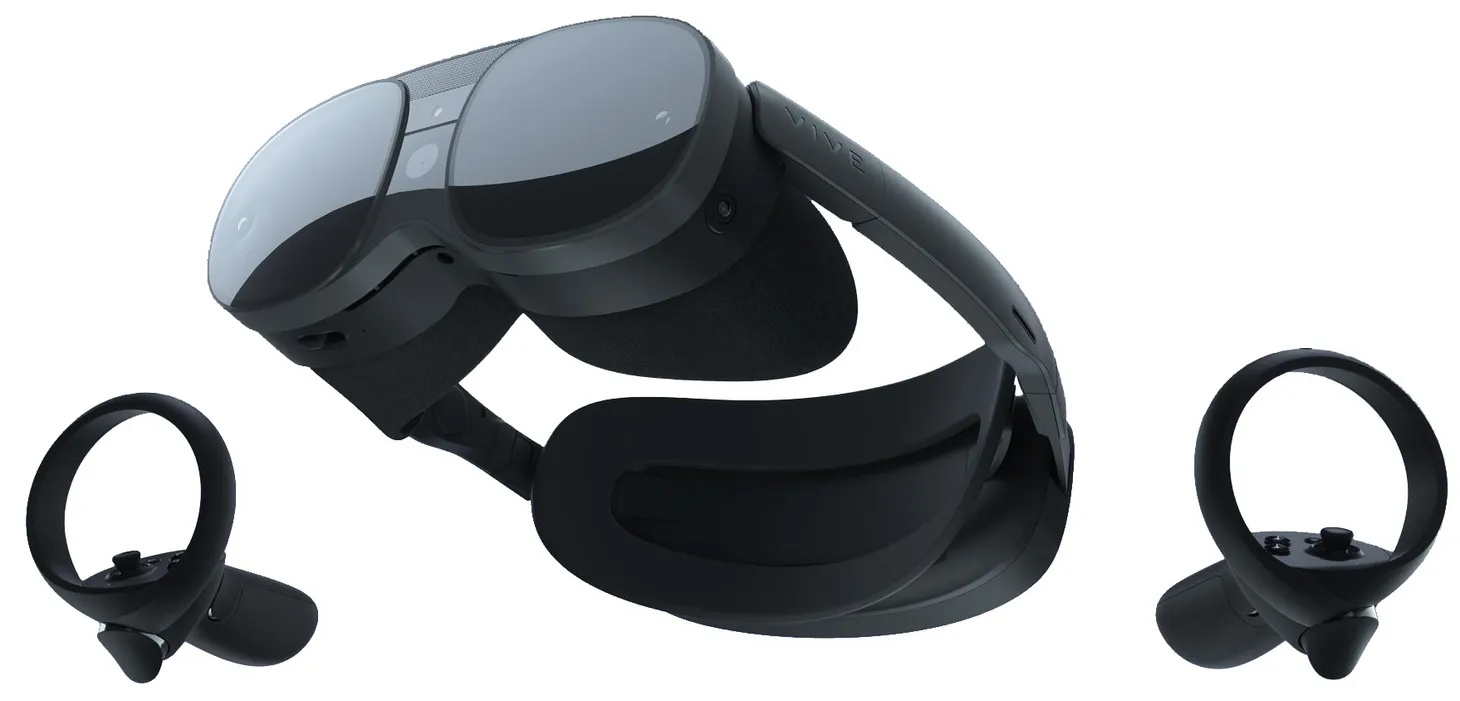"It's not me, it's the algorithm!"
Executives say they can't stop the trends they're seeing on their platforms. Oh, really?

In the Instagram backlash of July 2022*, Insta boss Adam Mosseri tried to make content creators understand that there’s just no stopping the shift from still photography toward video.
It’s what users want.
It’s what the data says.
It’s not me, it’s the algorithm.
Here’s Mosseri explaining his position on Twitter.
👋🏼 There’s a lot happening on Instagram right now.
— Adam Mosseri (@mosseri) July 26, 2022
I wanted to address a few things we’re working on to make Instagram a better experience.
Please let me know what you think 👇🏼 pic.twitter.com/x1If5qrCyS
Whether you care about Instagram or not, this is one of the fundamental problems with the media world today. The idea that the people in charge aren’t responsible for ‘what users want’. They’re just following the data.
But what data is Instagram measuring to decide ‘what users want’? He says it in the video.
“Even if we change nothing. We see this even if you just look at chronological feed. If you look at what people share on Instagram, that’s shifting more and more to videos over time. If you look at what people like and consume and view on Instagram, it’s also shifting more and more to video.”
It’s right there in the middle. Likes. Consumption. Views. It’s the measurements that Instagram and Meta care about most. Time spent in the app. And, of course, you have to slow down to watch a video. It inherently takes longer to consume than a photo.
If time is the metric, video wins every time.
The answer from mega stars of Instagram like the Kardashians, Chrissy Tegan and James Charles is that they don’t want to be posting videos, but they’ve seen the visibility of photo posts decline.
From James Charles in an Instagram comment on Mosseri’s video:
“The reason there’s so much growth for video is because we are being FORCED to post video. The performance of our photos has tanked more than 90% so creators are switching to video not because they want to, but because we’re being told that it’s the only chance to grow. The shift to video is not industry wide, it’s TikTok-wide. I understand that every business has to evolve, compete, and please investors, but Instagram is losing the competition and has lost its identity along the way.”
This wraps up the issue nicely. Chronological feed only exists to appease old school users (and it doesn’t even seem to load properly anymore), but what appears there is based on what people are experiencing with visibility of reaching people who chose to follow them.
Behind the scenes, these services have teams who talk to major creators and tell them about the ‘trends’ they’re seeing and, ultimately, what they want to push more. When they tell a creator what is ‘growing’ they’re telling them what to post more of in future.
Anyone in media will remember Facebook’s first big push into video. Big promises of big audience reach, ultimately leading to some messy discoveries about numbers that just didn’t stack up.
Now they’re all chasing TikTok, with its success through pure algorithms and almost zero interest in who you’re friends with and who you follow. It’s a probablistic algorithm, learning from how you view whatever it throws at you.
Just be careful not to linger.
Instagram doesn’t want to be the next Twitter – incapable of evolution because a core noisy base of users want it to stay the same forever.
Twitter is both critically important in the news cycle and terrible at growing its users or working out how to earn revenue. Instagram worked out the revenue thing, but it could easily become ‘the photo thing’ that keeps a stagnant user base happy while other services eat its lunch.
But the fact is that TikTok is eating it. And they hate admitting that some changes are made through fear. Every service can decide how it measure what is important, but it should be a lot more careful declaring that its own favourite metrics are a true representation of ‘what users want’.
I didn’t say that ‘what users want’ excuse is just a social media problem. It’s a media problem. And it’s been a media problem before social and search algorithms delivered traffic to articles. A debate over video versus photos is far less harmful to society than the promotion of divisive lies and blatant fakery, and these continue to be driven by both algorithms and news organisations based on that same idea.
What do people want from social media? They’ll usually say they want a nice place to share things with friends and catch up on what their friends have been up to. And most social media hasn’t been focused on that in a long, long while.
If only happiness was something they were measuring.
A reminder that TikTok really isn’t social media, even though it gets lumped into that group of apps all the time in media discussions. It’s an entertainment app. It exists to amuse and entertain with a constant stream of videos from anyone and everyone.
It *has* recently started to do more with making friends with other users and giving users a Following page, kind of performing a reverse park into the idea of being social.
Meanwhile, you know where to find me.
Good morning, Twitter. pic.twitter.com/E2hPvyWpRD
— ᴇʟɪᴢᴀʙᴇᴛʜ (@elzxbth) April 10, 2022
If you’ve made it this far, you may be amused to learn we’re moving again.
After five months at Substack we’re consolidating the entire operation under a new CMS called Ghost so that all things Byteside will be published as both a website and a newsletter.
We find the newsletter format to be the best way to build and engage with Byteside readers, so a move to a new platform that works seamlessly for both general publishing and newsletter publishing feels like the best step forward.
Soon you’ll receive our next newsletter from our new byteside.com, which for the tech inclined (most of you) will no longer be on Wordpress but on Ghost CMS.
See you there.
This tik tok singlehandedly renewed my passion for the environment pic.twitter.com/oA00Qsozlp
— Emily Atkin (@emorwee) July 13, 2022
Byteside Newsletter
Join the newsletter to receive the latest updates in your inbox.


